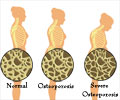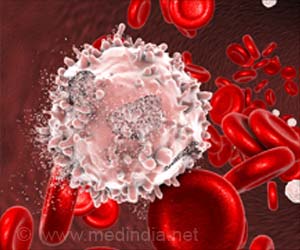New study has suggested that the benefits of combined oral contraceptives in preserving bone mineral density in women with premature ovarian insufficiency.

Bone mineral density is also affected, most notably in the lumbar spine. Bone mass typically continues to increase up to age 30, although 90% of peak bone mass is acquired by age 18. The lack of estrogen accelerates the loss of bone mass, which for women with POI is especially problematic because it begins at a much earlier age than average.
The condition is typically treated with the prolonged use of hormone therapy (HT) to provide the estrogen a woman normally would have produced and to minimize the effect of its early loss. Two types of hormones are most often used for treatment in women with POI--a postmenopause estrogen-based HT regimen or an estrogen-containing contraceptive, often taken orally in what is known as a combined oral contraceptive.
The benefits of combined oral contraceptives have been evaluated in previous studies but focused primarily on women with normal ovarian function. In this new study, researchers sought to evaluate the association between the use of continuous combined oral contraceptives and the bone mass variation in women with POI compared with the low-dose and high-dose HT regimens typically used for symptom management in menopausal women.
The study found that the use of continuous combined oral contraceptives is a viable option for HT in women with POI because it resulted in the least amount of bone mass loss, especially when measured at the lumbar spine. The bone effects with combined oral contraceptives were similar in women using high-dose HT regimens and superior to those seen in women on low-dose HT regimens.
Study results appear in the article "Bone mass in women with premature ovarian insufficiency: a comprehensive study between hormone therapy and combined oral contraceptives."
Advertisement
These results also show similar bone protection with high-dose hormone therapy regimens but not with low-dose regimens, lending further credence to the recommendation to use hormone therapy doses aimed at achieving physiologic levels for a premenopausal woman," says Dr. Stephanie Faubion, NAMS medical director.
Advertisement















